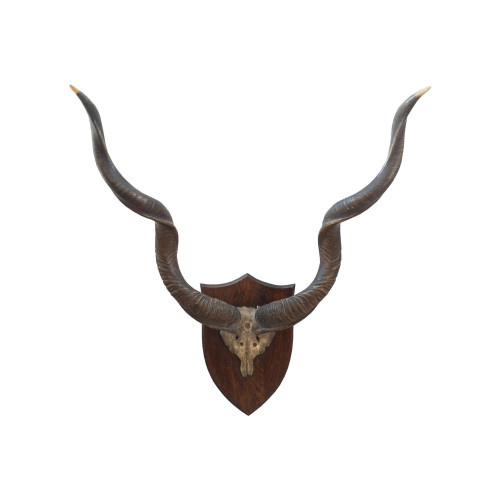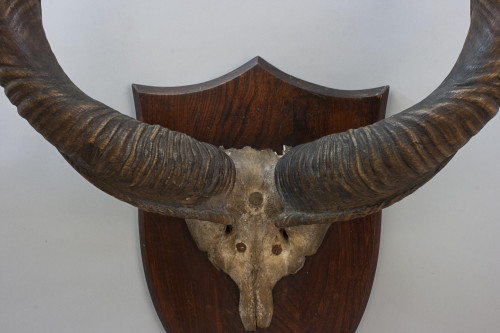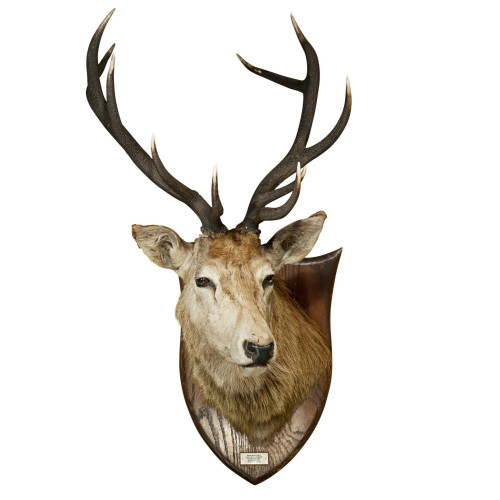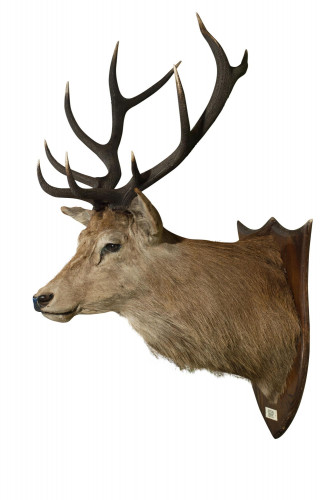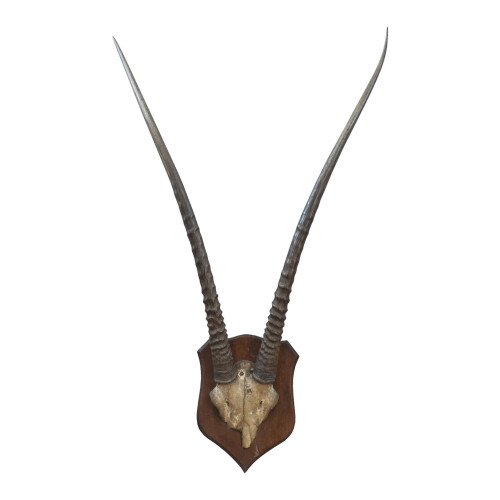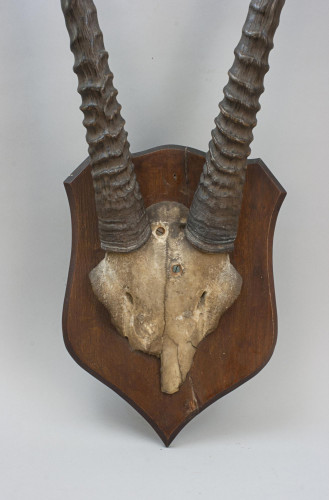- Home
- Artists & Makers
- Peter Spicer
Peter Spicer

1893 - 1935
Taxidermy, the art in preparing and mounting the skins of animals to produce a lifelike effect, was popularised in the Victorian era. Peter Spicer & Sons was regarded as one of the greatest British taxidermist firms. Based in Leamington Spa during the late 19th and early 20th Century, Spicer's cased work is characterised by artful dioramas with painted backdrops and highly realistic bases made from papier-mache with dried vegetation and real pebbles etc. The animal's skin would be removed, treated with preservatives such as arsenic soap, then placed onto a replacement body, or mannequin. These new bodies would be sculpted to support the skins and could be made from all kinds of material, including plaster, wood wool, wires, newspaper, etc.
Peter Spicer born in 1893 and inspired by his father's ability to create realistic glass eyes, recreated natural-looking animals, many set in beautifully made cases. He was a true naturalist with vision, an artist and a totally competent taxidermist, the high quality of his work and acute attention to detail resulted in many high profile individuals, including royalty, buying his pieces. Considering his life-long use of arsenic and other substances used by Taxidermist, Peter lived to the age of 96. By this time his two sons, William, from his first wife Ann Ward, and Gilbert from his second wife Lavinia Williams, were both running the hugely successful business that had contracts from India and East Africa. They continued to run the business until 1959.
By the turn of the century
Taxidermy, the art in preparing and mounting the skins of animals to produce a lifelike effect, was popularised in the Victorian era. Peter Spicer & Sons was regarded as one of the greatest British taxidermist firms. Based in Leamington Spa during the late 19th and early 20th Century, Spicer's cased work is characterised by artful dioramas with painted backdrops and highly realistic bases made from papier-mache with dried vegetation and real pebbles etc. The animal's skin would be removed, treated with preservatives such as arsenic soap, then placed onto a replacement body, or mannequin. These new bodies would be sculpted to support the skins and could be made from all kinds of material, including plaster, wood wool, wires, newspaper, etc.
Peter Spicer born in 1893 and inspired by his father's ability to create realistic glass eyes, recreated natural-looking animals, many set in beautifully made cases. He was a true naturalist with vision, an artist and a totally competent taxidermist, the high quality of his work and acute attention to detail resulted in many high profile individuals, including royalty, buying his pieces. Considering his life-long use of arsenic and other substances used by Taxidermist, Peter lived to the age of 96. By this time his two sons, William, from his first wife Ann Ward, and Gilbert from his second wife Lavinia Williams, were both running the hugely successful business that had contracts from India and East Africa. They continued to run the business until 1959.
By the turn of the century
the fashion for dead creatures in glass domes was being overtaken by the increasing demand in sporting trophies by Big Game hunter's wishing to have the heads of their trophies preserved for display.
Today Peter Spicer's "installations" are highly sought after and fetch high prices at auction.
9 ITEMS
Please create wishlist to add this item to


